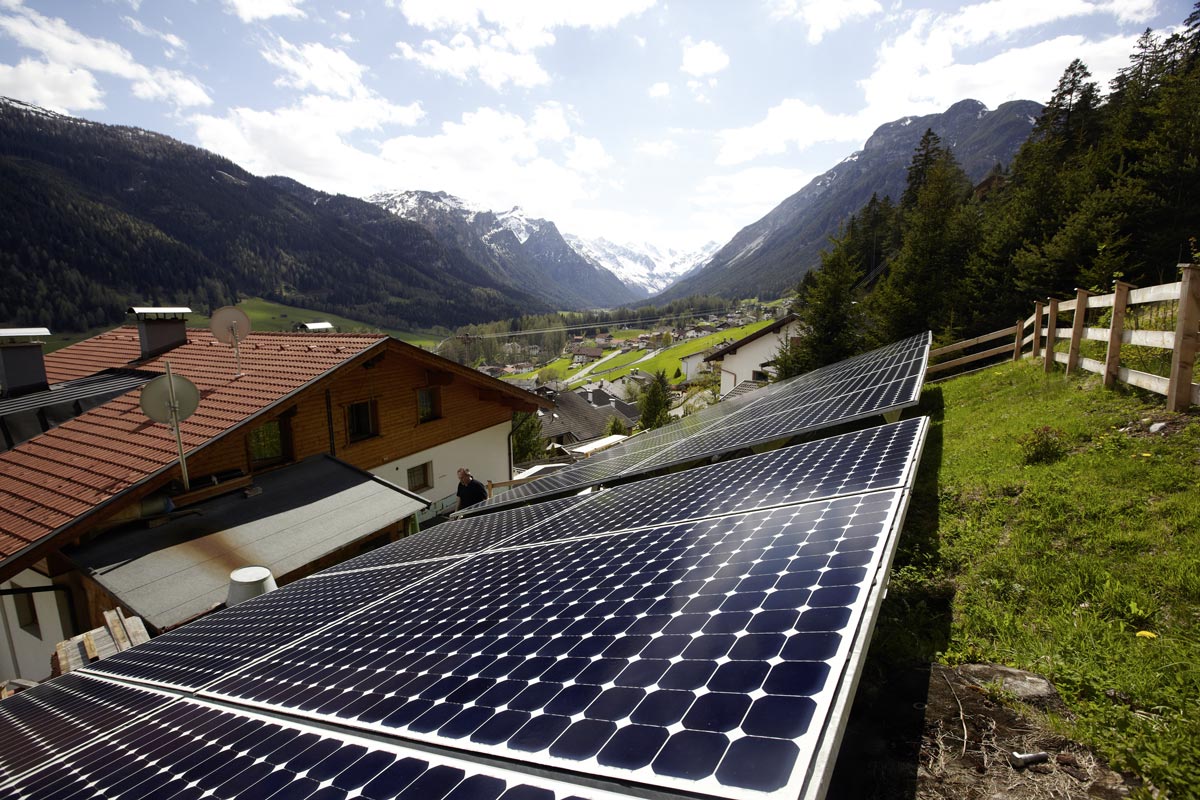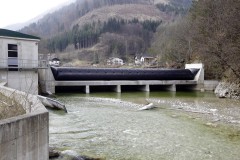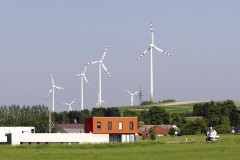The massive expansion of solar power, biomass, wind energy and hydropower will lead to decentralized energy generation and weather-dependent fluctuations in electricity supply. An increasing number of small generation facilities spread across the landscape feed electricity into existing networks, presenting a great challenge for grid management.
Energy supply and demand need to be coordinated and optimized through intelligent management and crosslinking. Network operators will become managers of the energy system; many enterprises and households will consume and generate electricity simultaneously, i.e. become ”prosumers”. Alongside intelligent grid control, the energy consumption of industry, buildings, electric vehicles and households must be flexibly and efficiently organized.
Smart Grid technologies – together with flexible components and information and communication technologies – create the technical basis for intelligent electricity networks which connect all energy system actors (generators, storage devices and consumers) and make optimized interaction feasible. In order to be able to make use of Smart Grid technologies to a significant extent it is necessary to push on with international standardization and to intensify transnational cooperation.
In the ”European Strategic Energy Technology Plan” (SET Plan) integrating renewable energy sources into power networks is a key issue, which is being developed further internationally, amongst other things, within the ”European Electricity Grid Initiative” (EEGI). For years Austria has made contributions towards the European goals in the shape of R&D activities. In programmes funded by the Austrian Ministry for Transport, Innovation and Technology (BMVIT) and the Austrian Climate and Energy Fund, technologies and strategies have been developed and implemented as part of demonstration projects in Austrian Smart Grid model regions.
The Smart Grids 2.0 strategy process, initiated by the BMVIT, actively supports the further development of power supply systems in collaboration with experts from electricity companies, industry and research. The aim is to evaluate the results thus far from research and implementation jointly, and to develop medium-term strategies from that and hands-on action plans for Austria. The process focuses on: developing a Technology Roadmap for Smart Grids in and from Austria (responsible Technology Platform Smart Grids Austria), holding a series of expert workshops (BMVIT / B.A.U.M.) and working out a Strategic Research Agenda with 2035 as a timeframe (AIT Austrian Institute of Technology).
In future the focus will have to be on embedding Smart Grid solutions in an integrated energy system which meets the requirements of markets, customers and grids. The special solutions already developed (e.g. for active distribution networks, electric vehicles, load and demand side management) must be brought together based on the results so far. The Austrian projects presented here, partly conducted in collaboration with international partners, show some new research approaches for integrating Smart Grid technologies in an energy system suitable for the future.
ECONGRID – macroeconomic effects of Smart Grids
The Institute for Higher Studies Carinthia (IHSK) has, initiated by the Austrian Climate and Energy Fund, conducted a macroeconomic evaluation of the smart expansion of Austria’s power supply system. The costs and advantages of a conventional and a smart development track were compared by means of three projected scenarios (with variations regarding the share of decentralized renewable energy generation and demand flexibility). From these the picture emerged that the volume of investment in the distribution network would be considerably lower should the smart modernization option be chosen. The most advantageous overall effects show up in the scenario ”Flexdemand”, which was calculated on the assumption of high load-redistribution flexibility and a high degree of energy self-sufficiency at the customer end.


